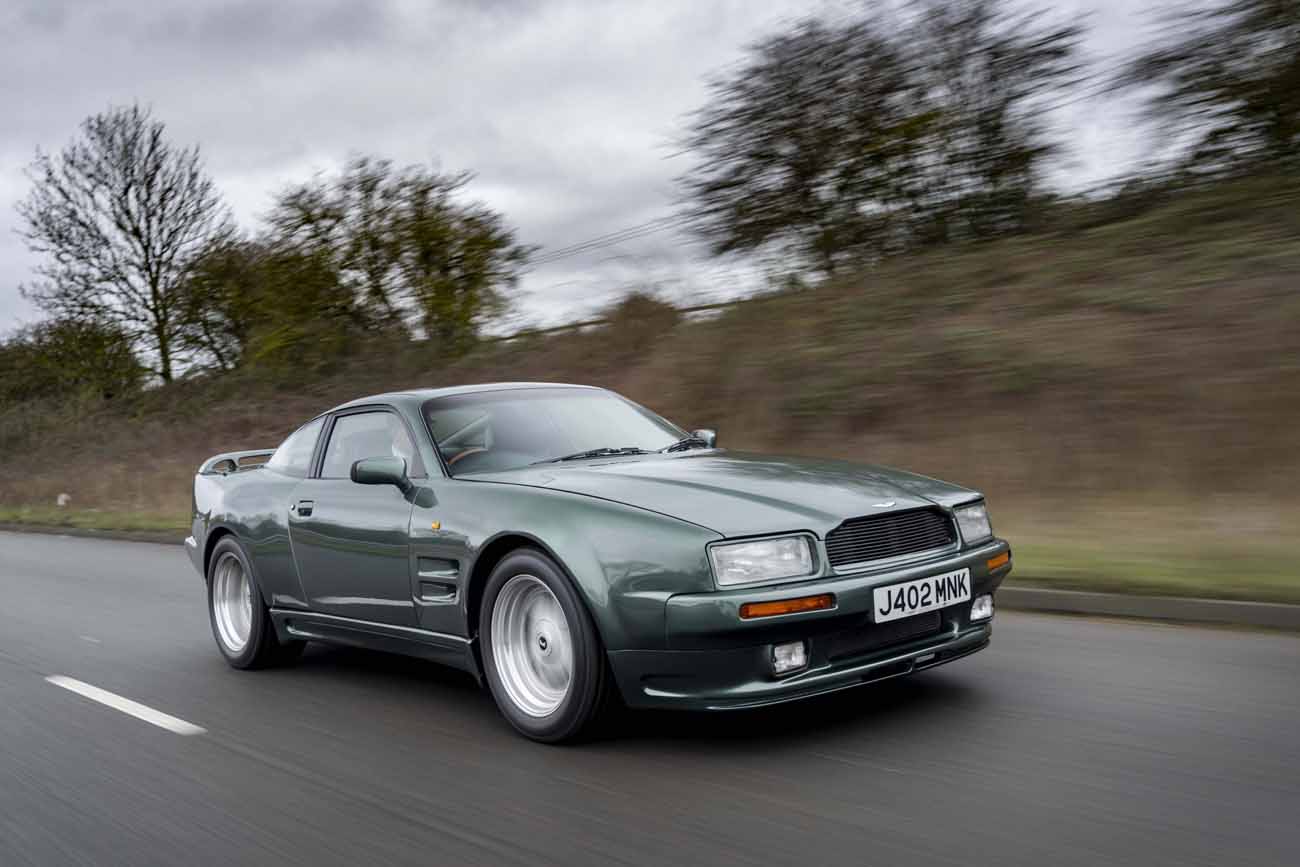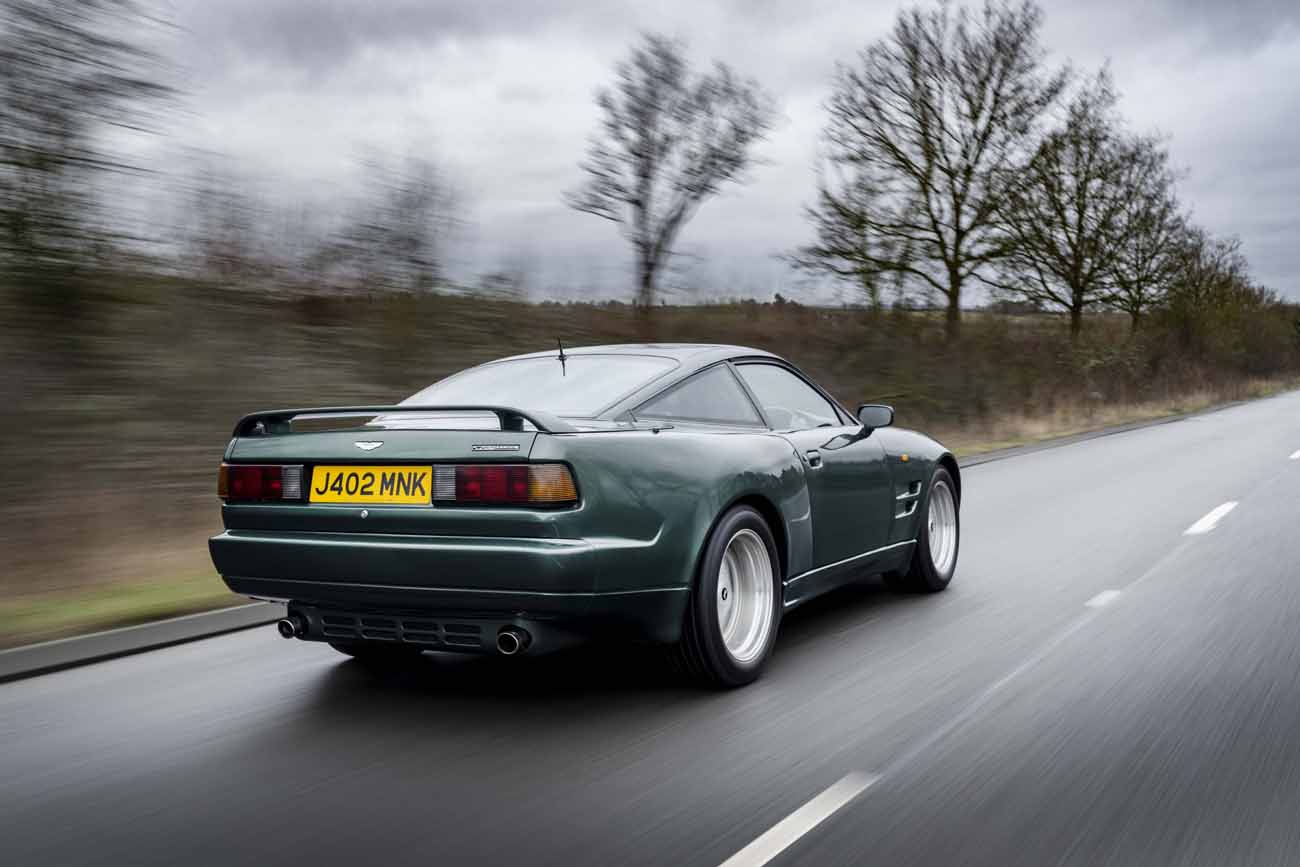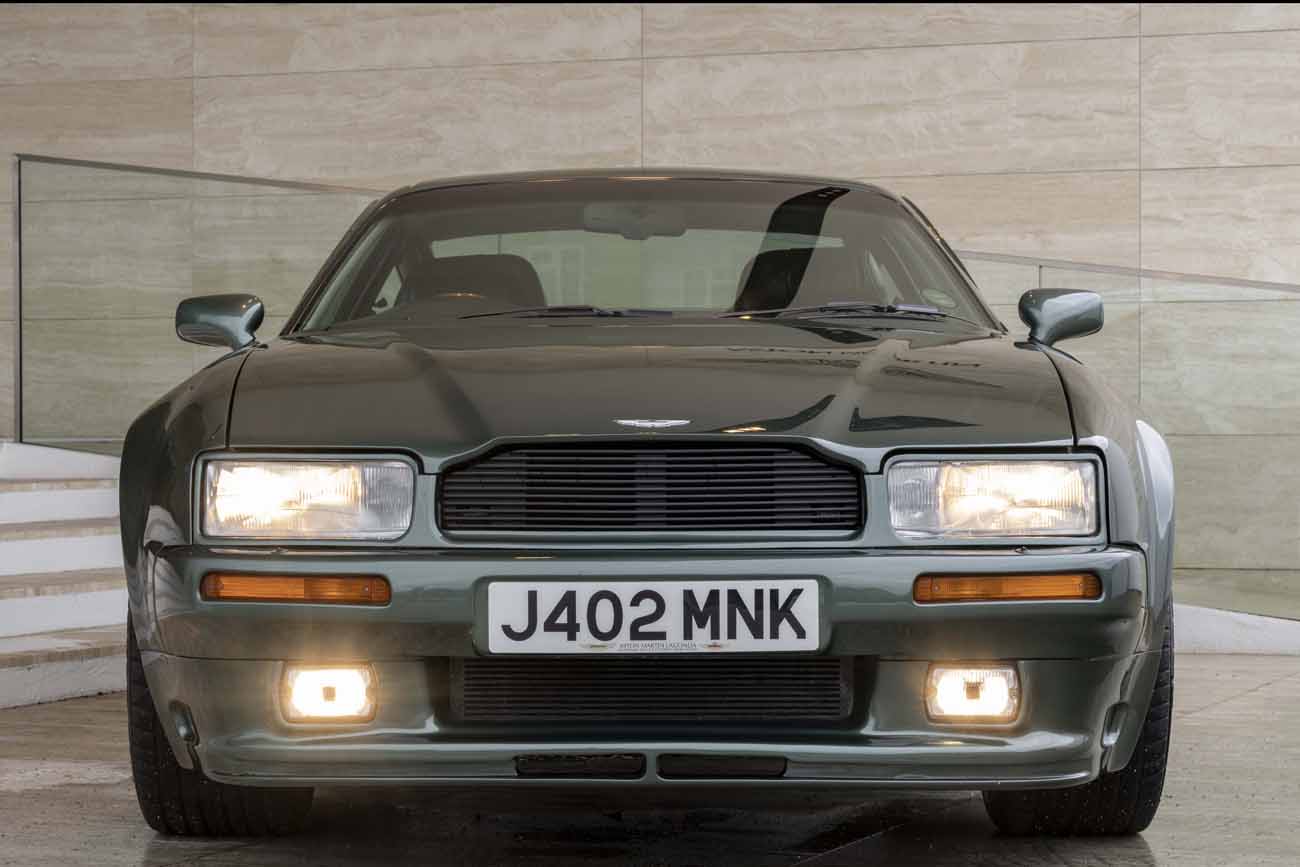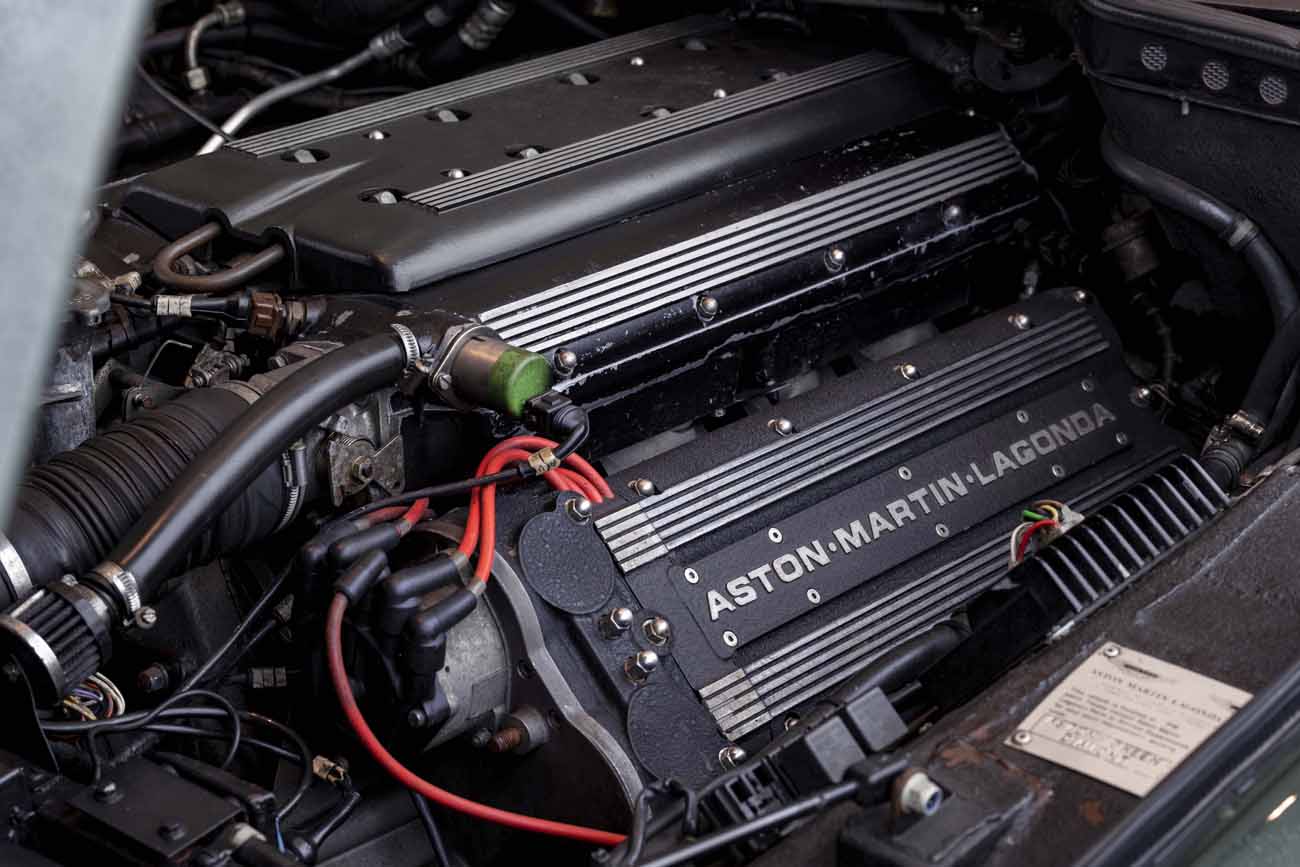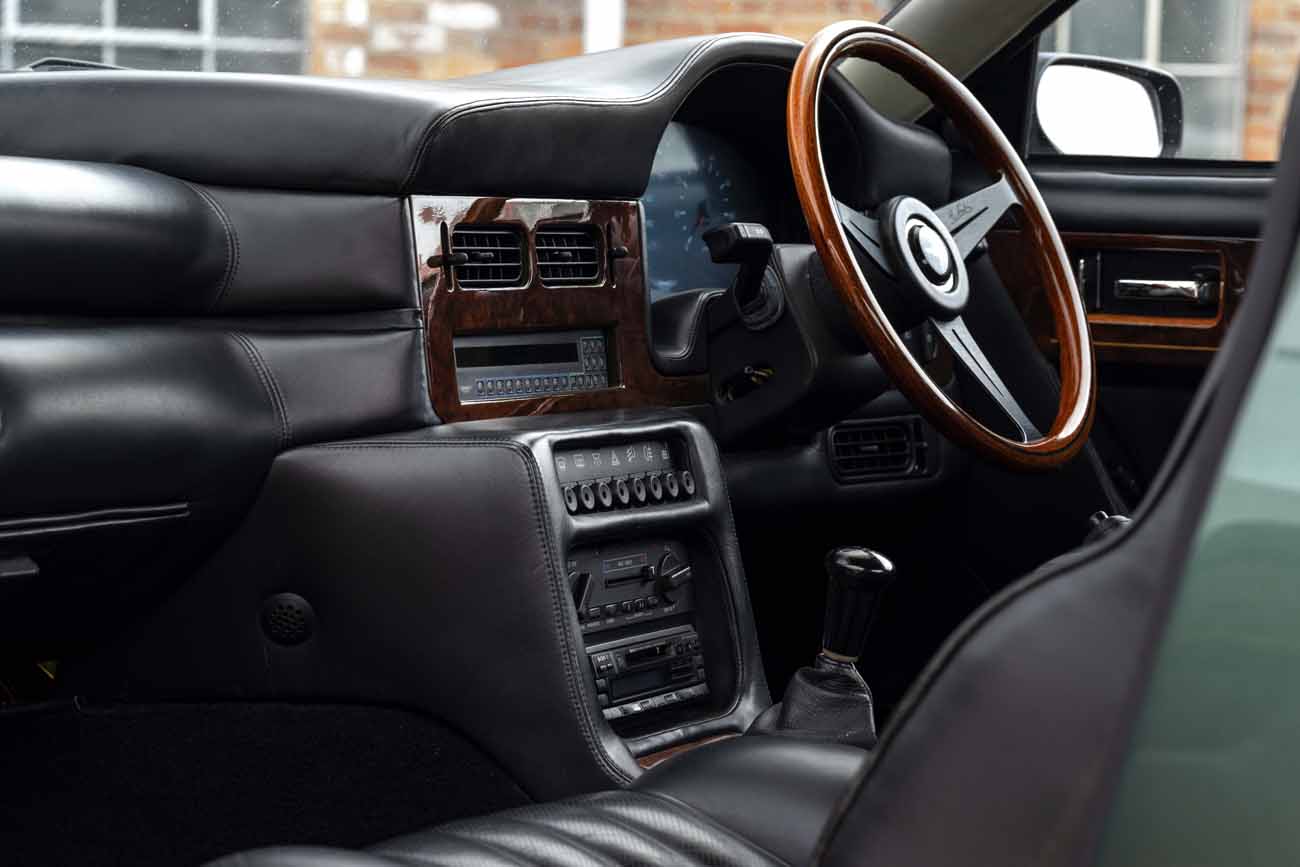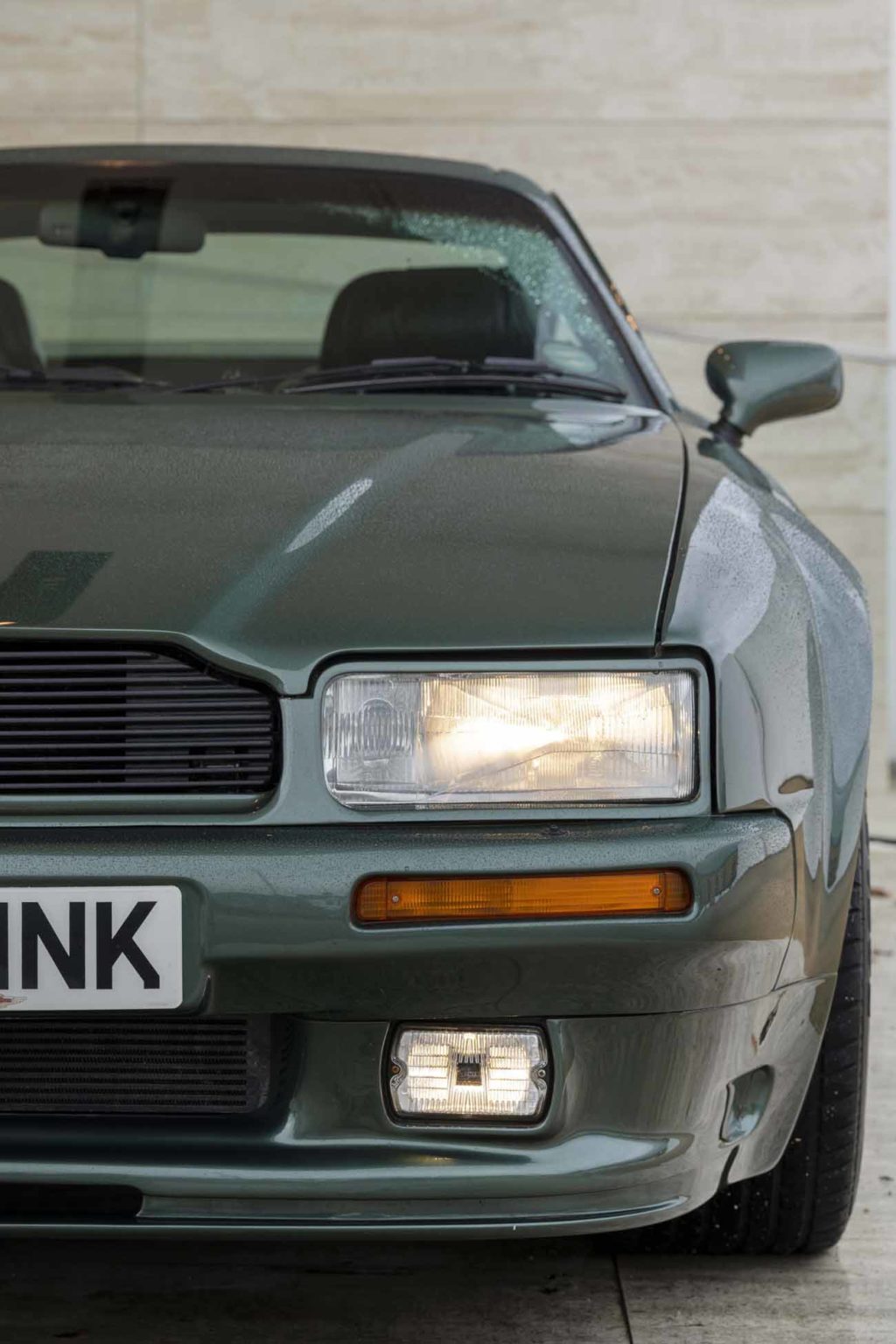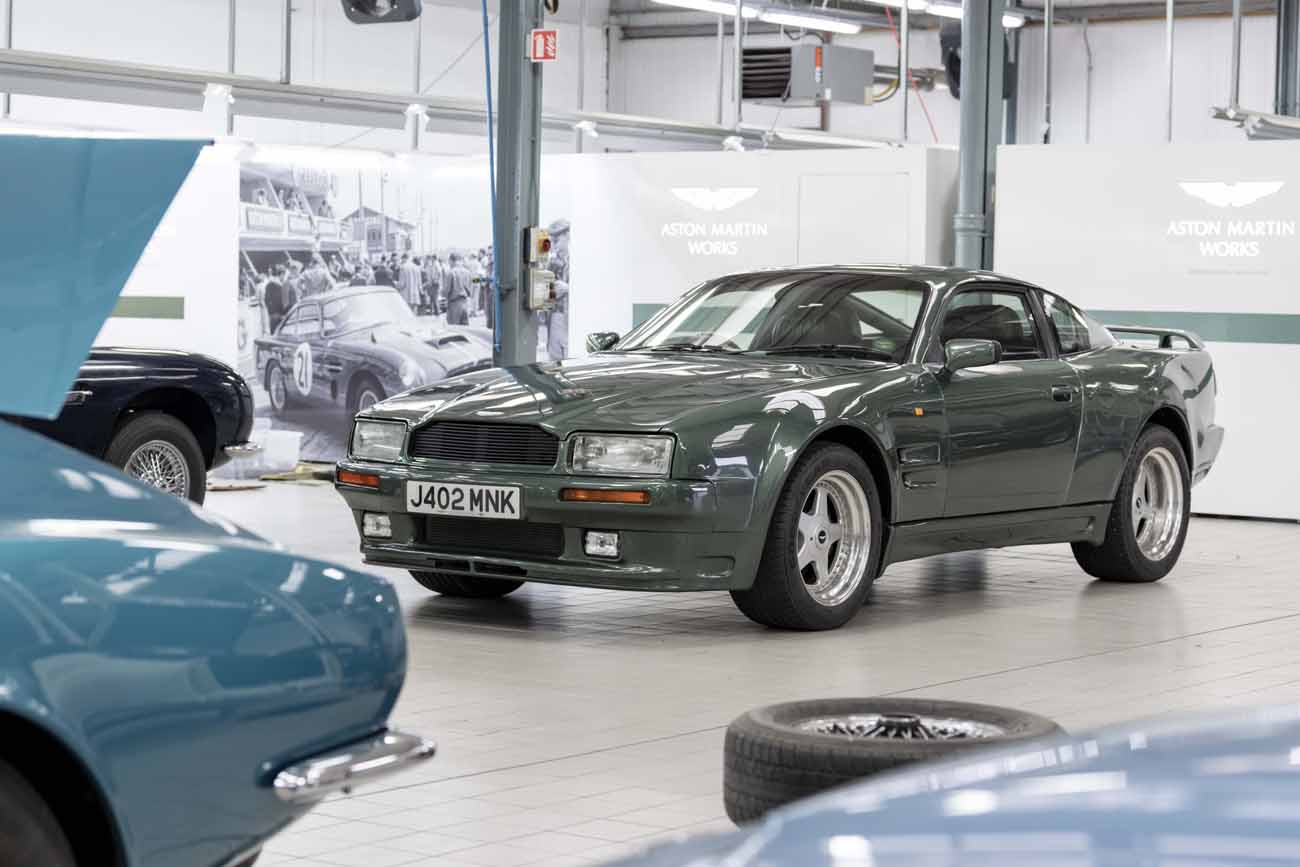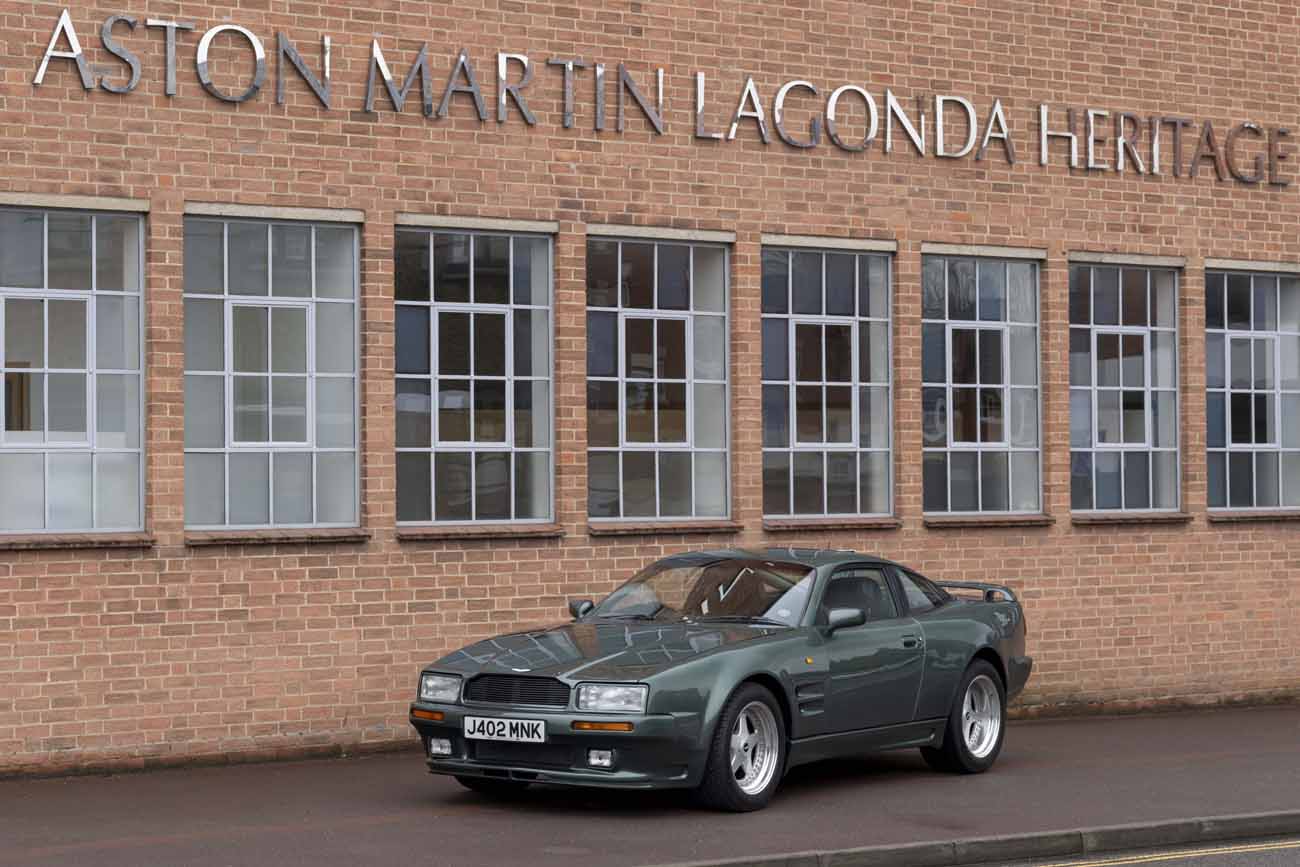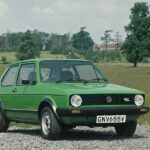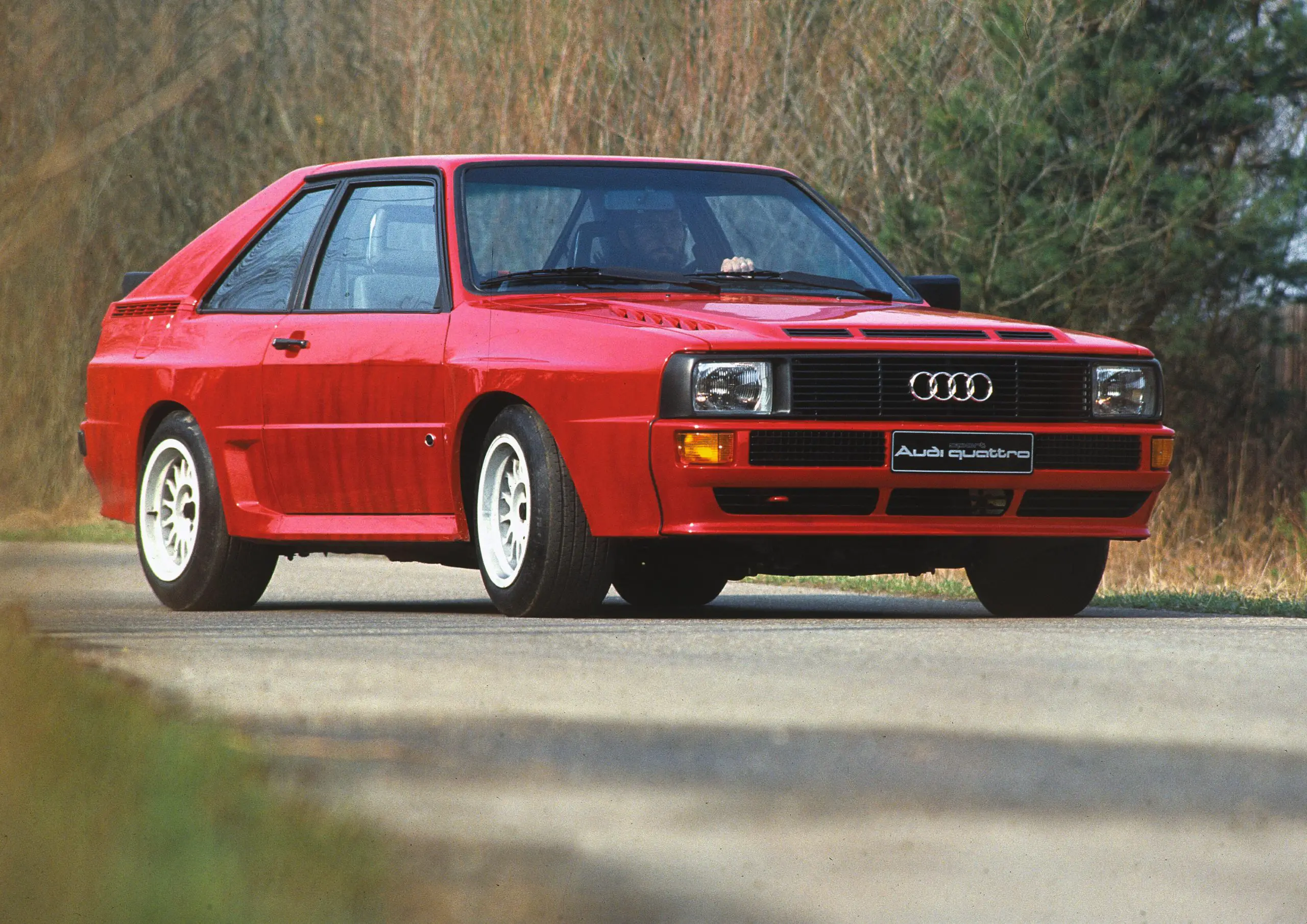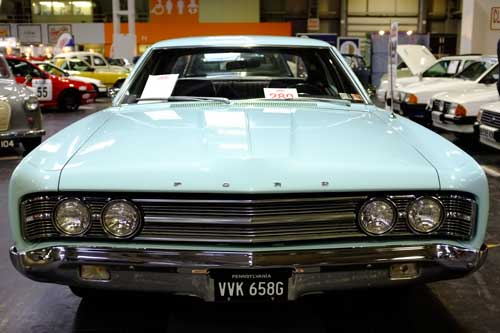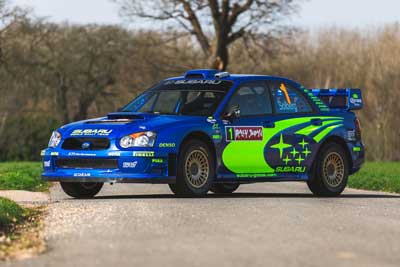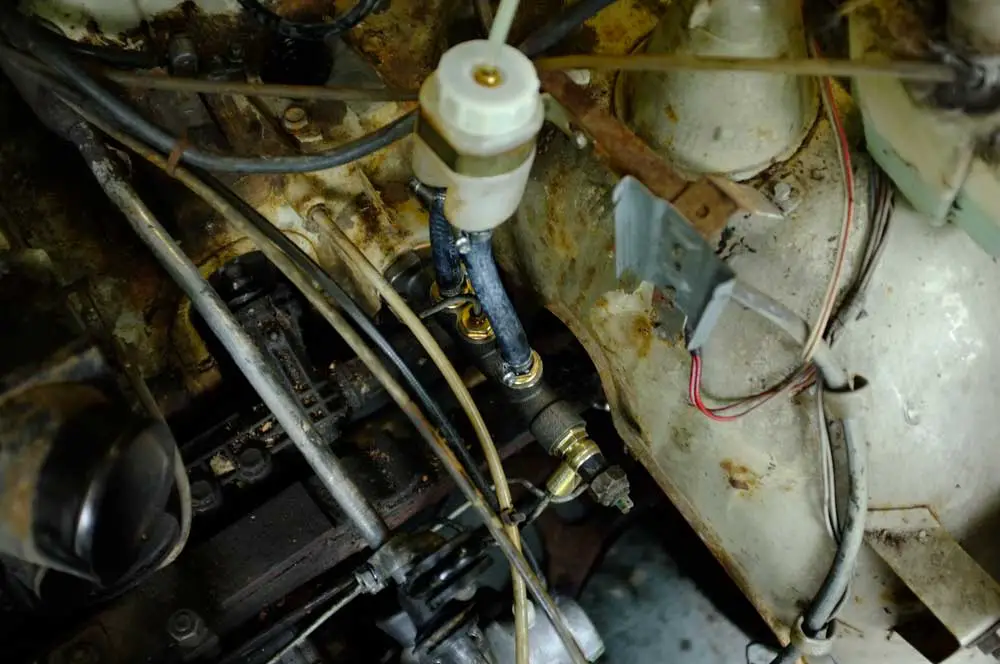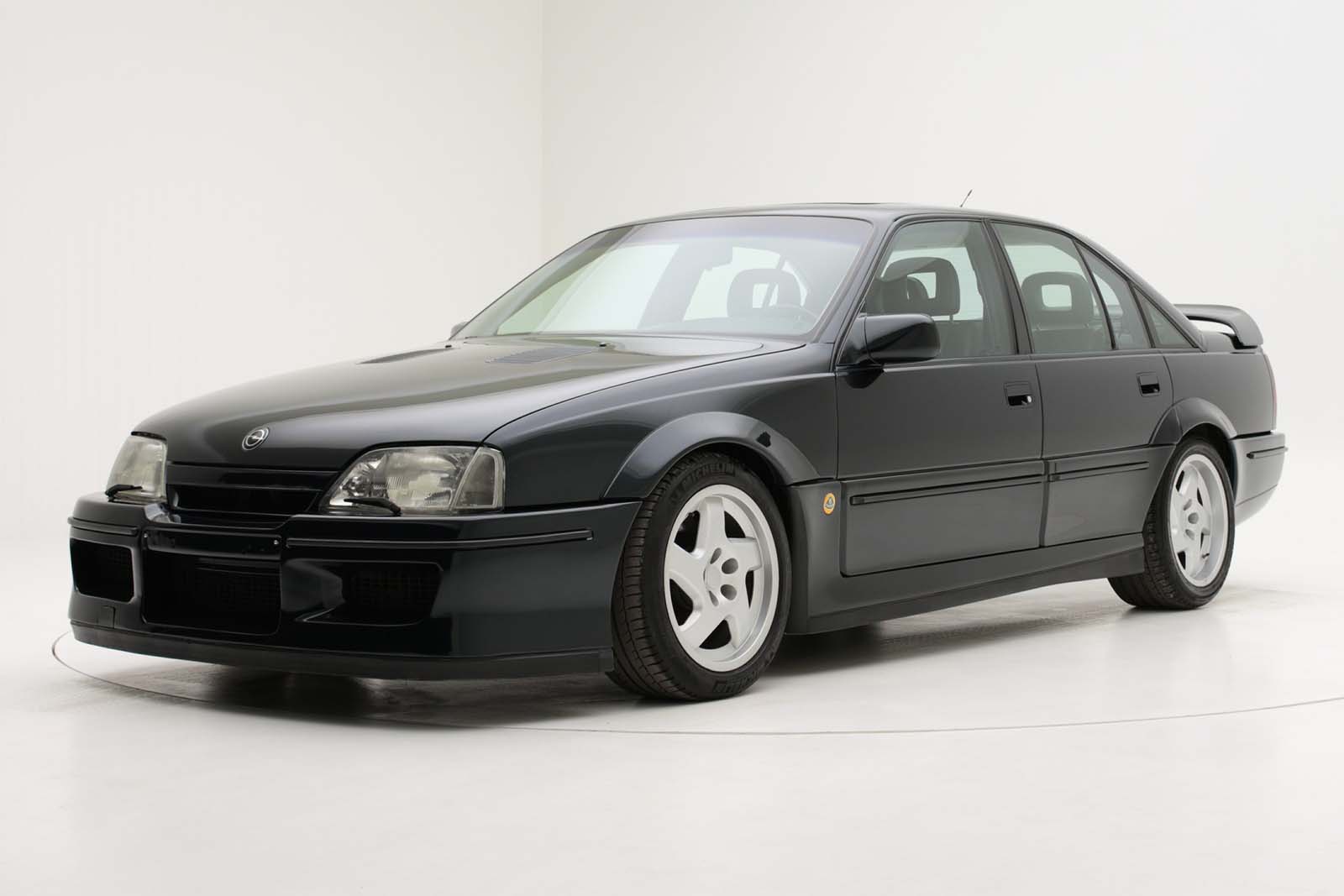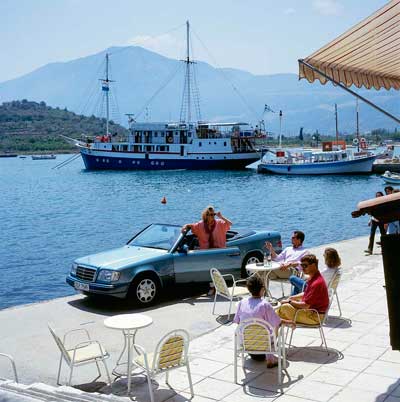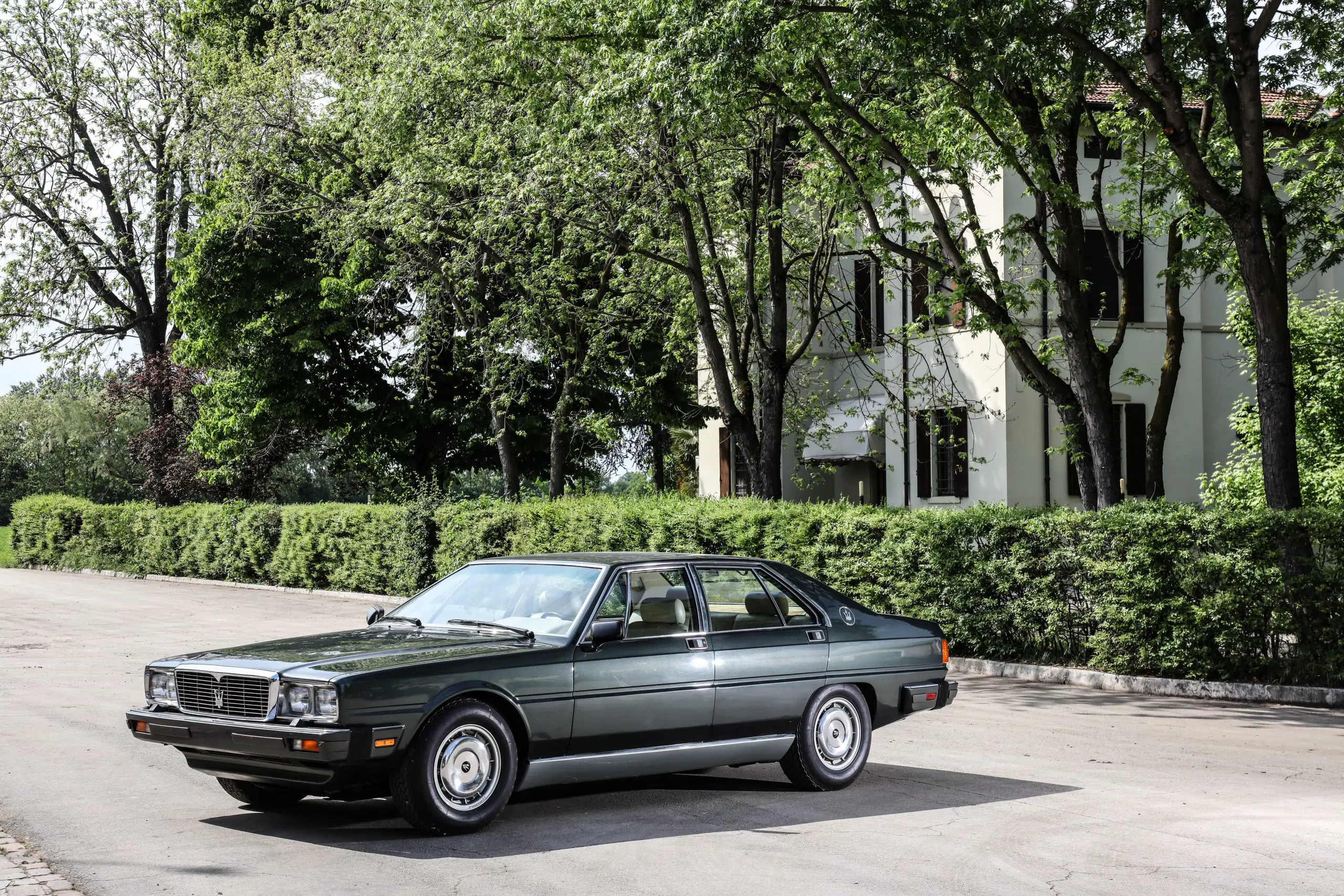
The Aston Martin Virage & Volante 6.3 Conversion Turned The GT Into A Real Muscle Car
It was 30 years ago when Aston Martin decided to give their relatively new Virage and Volante GT car some serious muscle with a 6.3 litre engine conversion. This of course paved the way for the later Vantage, but those that decided to have it done got a taste of what Aston would put into series production.
This niche model has become one of the most desirable Astons of late and is one of the most memorable. Originally created to be an upgrade package for the standard Virage which was launched in 1989 to worldwide acclaim. It was the first entirely new Aston for 20 years. The upgrade was provided by what was then known as the Customer Service Division, now the Aston Maritn Works.
Reworking the Virage led to Aston Martin producing one of the most powerful sports cars of its day. The suspension, brakes and styling changes complemented the huge gain in straight line performance.
Aston Martin’s return to Sports Car racing led to the development of the new 6.3 litre V8 engine. The AMR1 Group C car that represented Aston’s return to motorsport after a 25 year gap in the 1989 World Sports Prototype Championship. This racing programme saw the engine growing from 5, to 6 and then 6.3 litres. When the Virage was launched it had the four valve V8 and it made sense to offer it with the larger 6.3.
But the 6.3 conversion made the car brutally powerful and completely changed the character of the car. The reworking of the engine to 6,347 cc gave 500 bhp ad 6,000 rpm and 480 lb/ft pf torque at only 2,500 rpm with a largely flat curve.
For a car weighing 1,969 kg the performance figures are seriously impressive. The large, 4,734 mm long and now nearly two meters wide Virage could hit 60 in 5.1 seconds and could reach 100 mph in 11.5 seconds. Top speed was more than enough at 174 mph.
To achieve this the engine featured new racing pistons manufactured by Cosworth, a new crankshaft and modified cylinder heads with new inlet camshafts. Combined with a modified Weber/Alpha sequential fuel injection and remapped engine management. New exhausts were developed with special catalytic converters.
Aston Martin Virage 6.3 Suspension And Brakes
To cope with the increase in power and performance the standard Virage suspension and braking needed a corresponding upgrade.
The wishbone / coil spring front and de Dion rear tube suspension arrangement with radius arms and Watt linkage received newly designed rose joints and uprated springs. Bespoke to the upgrade dampers and a larger front anti roll bar and the introduction of one on the rear. Further changes to the geometry and improvements to the steering rack mounting were aimed at improving driver feedback.
Unique five spoke 10.5 inch x 18 inch OZ alloy wheels with 285 / 45 ZR Goodyear Eagle tyres at the rear had the task of putting all of the power down.
Trying to stop nearly two tonnes of Aston Martin to a halt from 174 mph necessitated new vented and cross drilled disc brakes all round which were derived from the AMR1 Group C car and had an electronically controlled anti-lock brake system all round.
The 14 inch front discs were the largest fitted to any production car in the world at the time and the four pot racing calipers provided immense stopping power.
Aston Martin Virage 6.3 Styling
Accommodating all of these changes meant that the standard bodywork had to be altered, making the car nearly two meters wide. The wheel arches were flared substantially with extended side sills filling in the gap between. A deeper front air dam and extended rear valance were also fitted along with a boot spoiler.
Inside the 6.3 featured all of the contemporary comforts and luxury, with Conolly hide on the seats. Options included a mini disc player and even a mini television with a screen for rear seat passengers.
The cost of all this, on top of the standard Virage retailing for £140,000 excluding options, was another £60,000. One seriously expensive car, even today.
Aston Martin Virage 6.3 Price
That price led to a large degree of exclusivity. While the exact amounts of conversions carried out is unconfirmed, it is thought that there were 60 done over a period of a couple of years. Because of the number of special, coach built Virage’s that had some if not all of the parts of the factory conversion. However, it is clear that the conversion made quite an impact and put Aston back on the map as a serious performance car manufacturer.
There were a total of 46 cars sold, all of them in 1992 and all being a Virage. Some of them would have gone to the Works department for the 6.3 treatment which took around twelve weeks to complete.
Aston Martin Historian, Steve Waddingham, explained: “The Virage and Volante 6.3 conversion came at a testing time for Aston Martin. The business had experienced a boom in the late 1980s, but with the economic downturn of the early 90s sales were harder to come by.
Steve added; “This ingenious offering created by the brand’s Customer Service Division – now Aston Martin Works – not only created a huge amount of positive media interest in the marque but also provided many of our well-heeled customers with the opportunity to acquire an iconic road car with real motorsport heritage.”
Paul Spires, President of Aston Martin Works, was involved in the Virage 6.3 conversion project and remembers driving the development and demonstration vehicle, Which is today known as ‘Minky’.
He said: “The Virage 6.3 conversion was, and remains, a superb example of the capabilities of the department that is now Aston Martin Works.
“The car was comprehensively re-engineered, and restyled, right here in Newport Pagnell. It remains a true testament to the ingenuity and vision of the Aston Martin business and I’m thrilled – but also a little shocked from a personal point of view – that we are able to celebrate its 30th anniversary in 2022.”
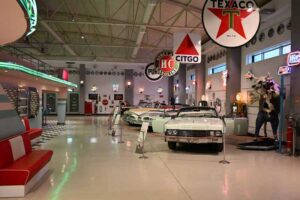
Ural Ataman Classic Car Museum – Istanbul, Turkey
This has to be one of the nicest private collections I have seen, the Ural Ataman Museum in Istanbul, turkey has not only a wide
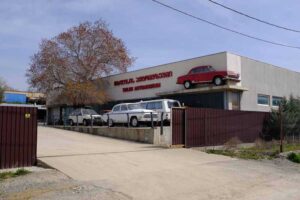
Tbilisi AutoMuseum Car Museum – Georgia
You may not have heard of this, but the small car museum in Tbilisi Georgia really has quite a lot to see. Buried in an
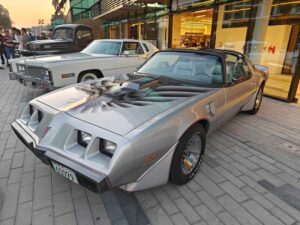
Bahrain Bike Week Classic Car Show December 2024
Bahrain Bike Week is the biggest event of its kind in the Middle East and the 2024 one was no exception. It’s not just the

Ford Motor Company Bring Back Group 5 Mk1 Escort & Group B RS200 With The Help Of Boreham Motorworks
Ford have granted a licence to Boreham Motorworks, a division of the DVRN Automotive Group, to produce new versions of not just the Mk1 Escort
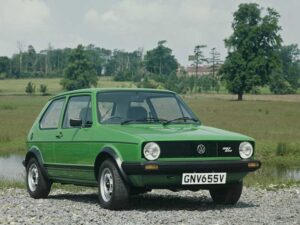
The VW Golf At 50 Years Old
Europe’s number 1 selling car the VW Golf has reached 50 years old this year, starting production on the 29th of March 1974. In
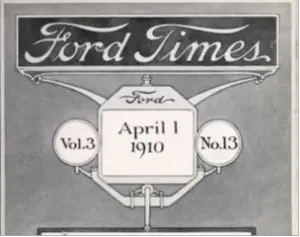
Ford’s Heritage Vault Makes The Ford Times Magazine Available To The Public
Ford’s expansion through the early 20th century was something to behold, the rapid growth of the company and the success of the Model T led
